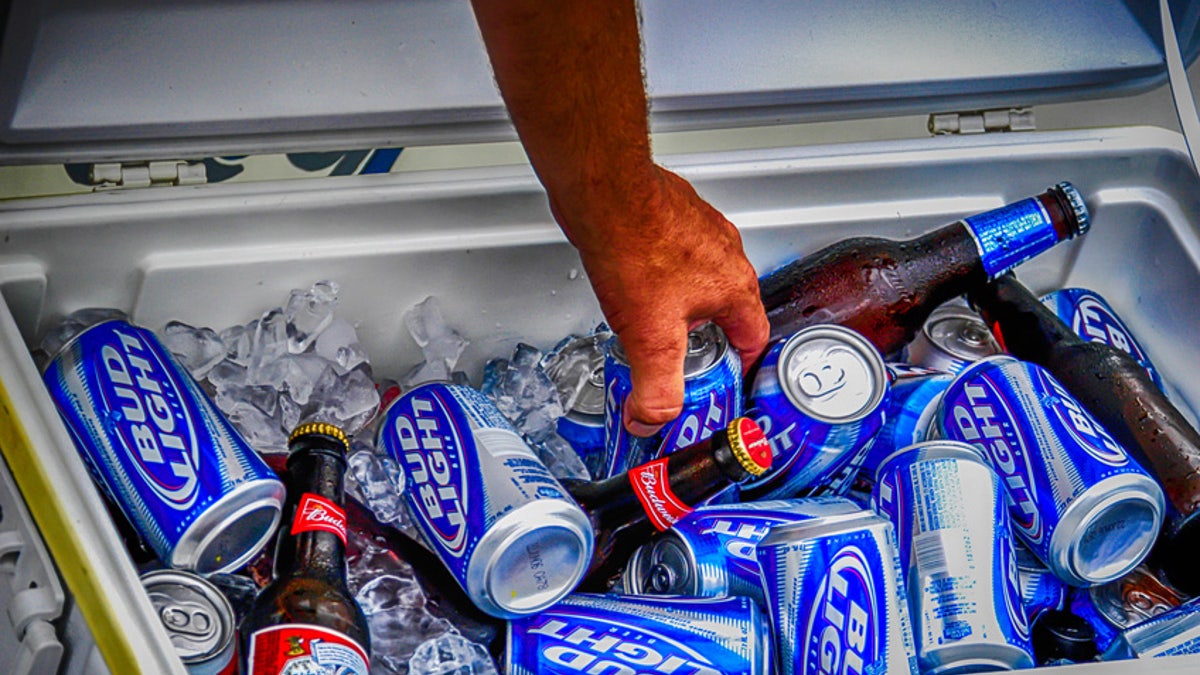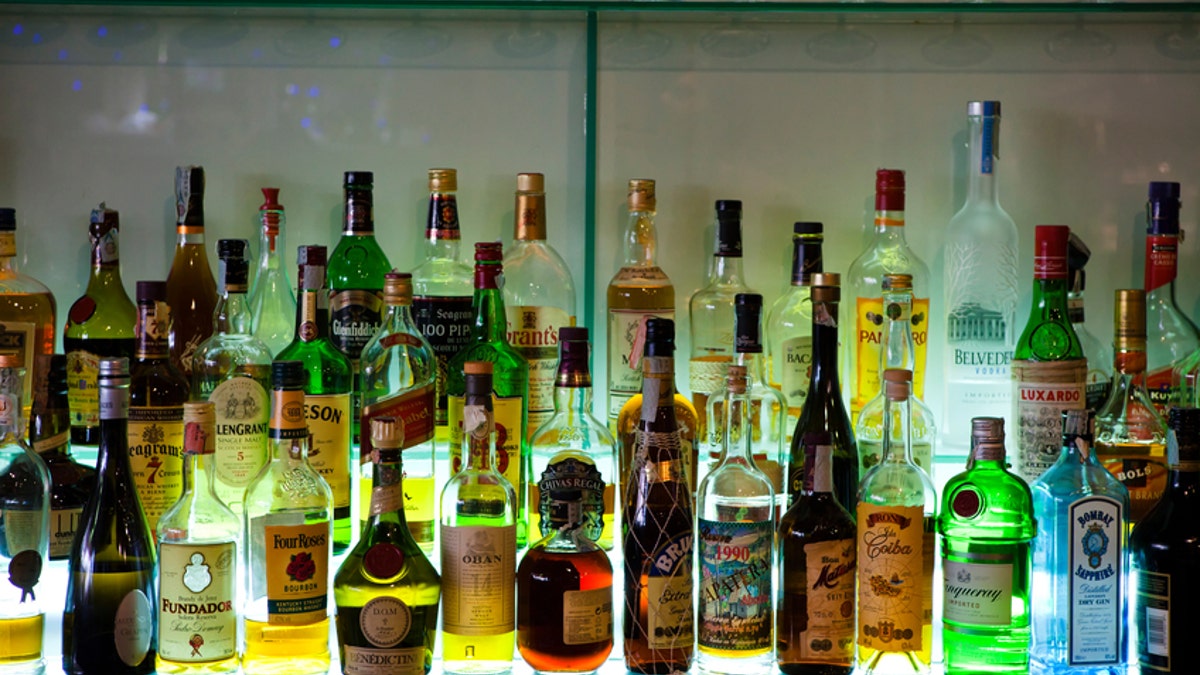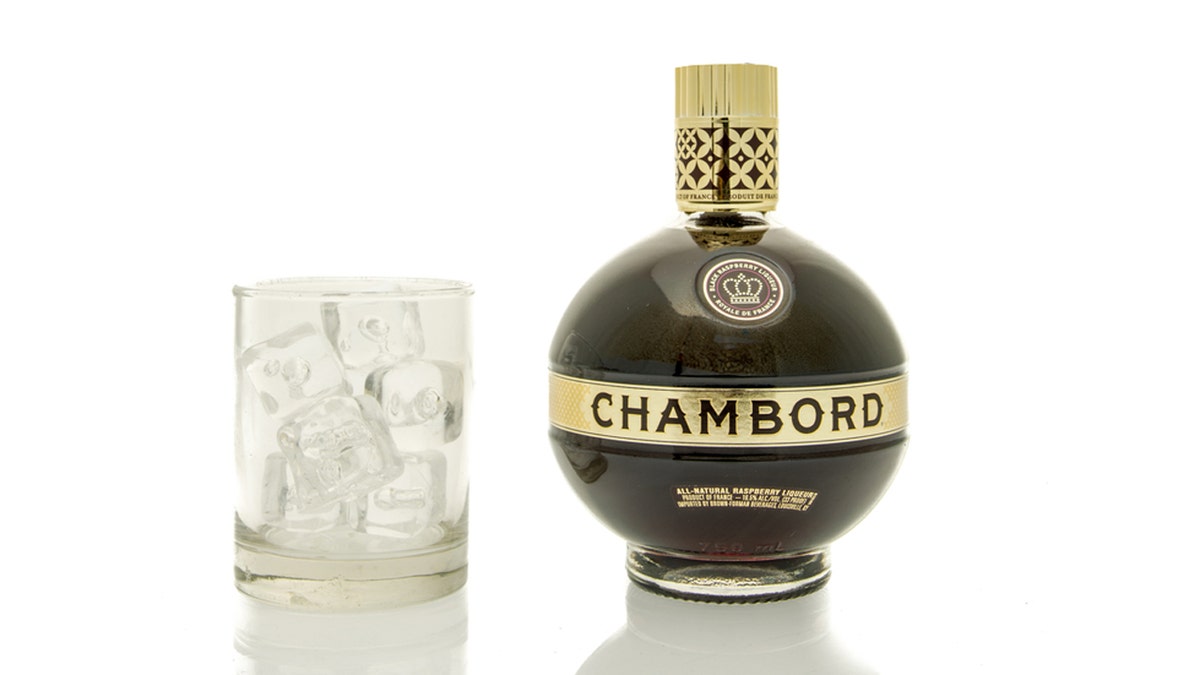Those “Best by,” “Use by” and “Sell before” dates stamped on the food we buy can be a source of continued confusion for consumers.
Earlier this year, Congressional efforts to clarify reliable expiration dates only highlighted the problem.
But when it comes to alcohol, where expiration dates are rarely available, how can we be sure our spirits are still sippable? While we know certain types of alcohol, like wine, can improve with age, what happens when a bottle has already been opened?
From Champagne to Bailey’s Irish Cream, here’s a consumer’s guide to how long your favorite bottles of alcohol will last once you pop the cork or break the seal.
1. Wine.

Human hand is buying bottle of wine, selective focus (iStock)
While some wines improve with age, once opened, their shelf life drops dramatically. Dry red and white table wines (i.e. Chardonnay, Pinot Noir, Cabernet Sauvignon) are only good for approximately three to five days after opening.
Alternatively, fortified wines such as Port and sweet wines such as Sauternes can last about a month after opening due to the acidity and high sugar content which act as preservatives. “A bottle of Sauternes can keep in the fridge for three to five weeks - if you can resist for that long!” says Bérénice Lurton, Owner of Bordeaux’s Chateau Climens. She adds, “it is even better laid down with a plastic cork which minimizes exposure to oxygen, wine’s number one enemy.”
2. Sparkling wine.

Champagne is being poured into several champagne glasses. The glasses sit in front of the ice bucket that held the champagne bottle as bubbles from the freshly poured champagne can be seen. The camera is tilted slightly of axis. (iStock)
Sparkling wines like champagne and prosecco keep their bubbles for a brief one to three days after opening, even when kept in the fridge and sealed with a sparkling wine stopper. This is due to the ethereal nature of their carbonation, which dissipates quickly once the wines are exposed to oxygen. Sparkling wine made using the traditional method such as Champagne will generally keep its bubbles slightly longer than bubbly made using the Charmat or “tank” method like prosecco. The traditional or champagne method imbues sparkling wine with more bubbles than any other alternative method.
3. Beer.

POrt Huron, MI, USA - July 14, 2006: A hand reaches into a cooler box to retrieve a can and bottle of Budweiser Light beer at the Port Huron Sailing regatta in Michigan (iStock)
Like wine, certain beers gain complexity over time but most have a 6-9 month drinking window for maximum freshness. Once opened, however, beer has a very short shelf life due to the nature of hops and its hallmark effervescence which can dissipate quickly. “Once any beer has been opened it’s considered best to drink it immediately as it has now been exposed to oxygen,” says Peter Agardy, Co-founder and Branding Manager of Saltwater Brewery in Delray Beach, FL. He explains, “Oxygen breaks down beer and will create ‘off’ aromas and flavors over time.” The same holds true for the popular large format bottles now being sold, including the 22-ounce bomber and the 64-ounce growler. Agardy adds, “Since you can re-seal some of the larger format bottles they can keep a day or so longer in the fridge.”
4. Spirits.

Pozzuoli, Italy - December 26, 2012: Group of bottles at the back of a bar in Pozzuoli, Bay of Naples, Italy. Vodka, Scotch, malt whisky, Irish Whisky, Bourbon and other drinks. (iStock)
Spirits like vodka, tequila and whiskey have a significantly longer shelf life once they’ve been opened because their high alcohol content acts as a preservative. Wine, for example, clocks in at a mere 12-16 percent abv (alcohol by volume), while many spirits hover around 40 percent. Advanced Sommelier Mariya Kovacheva of France-based premium spirits and wine company, Pernod Ricard explains, “Once opened, spirits change and factors such as air, light and temperature are among the few factors that affect them.”
So exactly how long will that opened vodka or whiskey last? Kovacheva adds, “Perhaps a year or so should be the limit for keeping one's favorite spirit after opening and storing them in a cool, dark place will help to ensure maximum drinkability.”
5. Liqueurs.

Winneconne, WI, USA - 15 March 2016: A bottle of Chambord Liqueur with a glass of ice. (iStock)
While liqueurs like Grand Marnier, Chambord, and St. Germain are made from distilled spirits, they are also sweetened and flavored with an array of additives which can include fruit, cream, nuts and/or herbal tinctures. The addition of these alternative ingredients makes liqueurs more susceptible to spoilage once they are opened and exposed to oxygen. Liqueurs that contain cream or milk products are especially at risk. While liqueurs can typically be enjoyed for up to 12 months after opening, any “off” colors, aromas and/or flavors should be a sign they have surpassed their prime. For optimal drinkability, store liqueurs away from direct sunlight in a cool, dark place.
